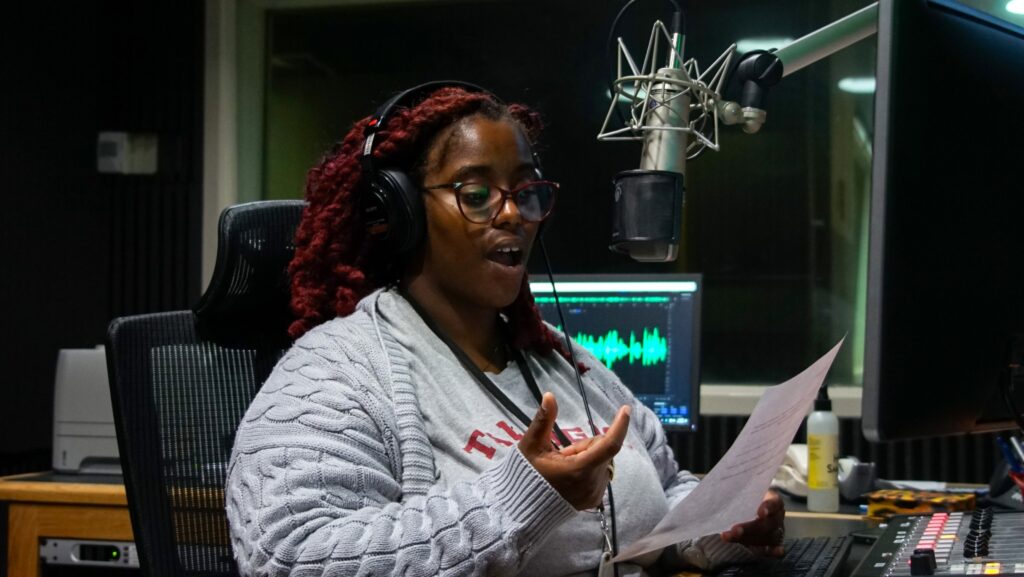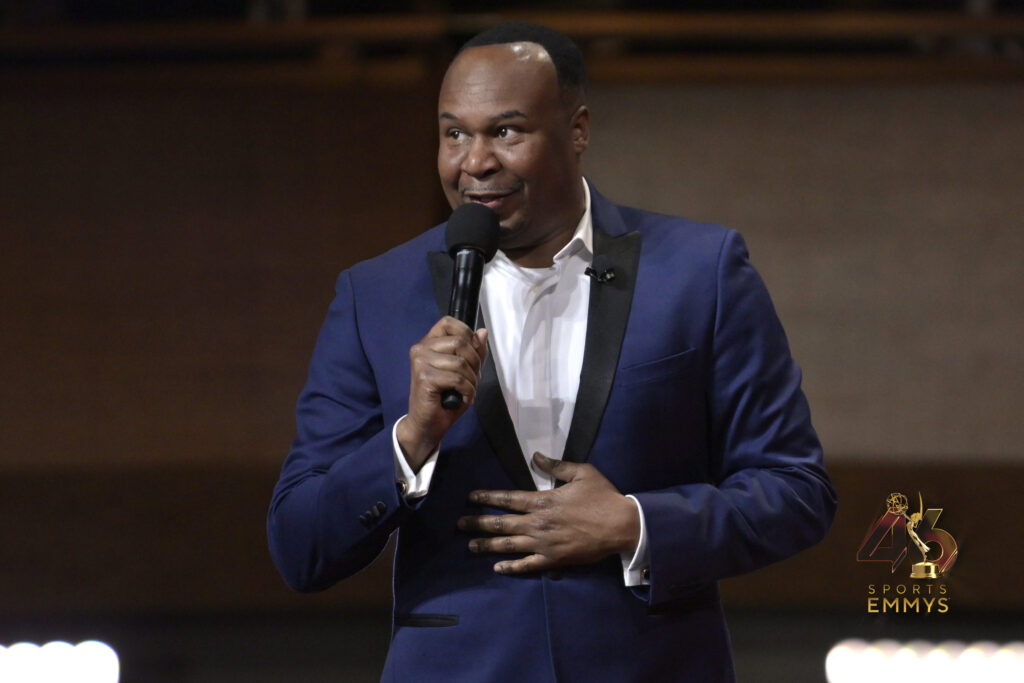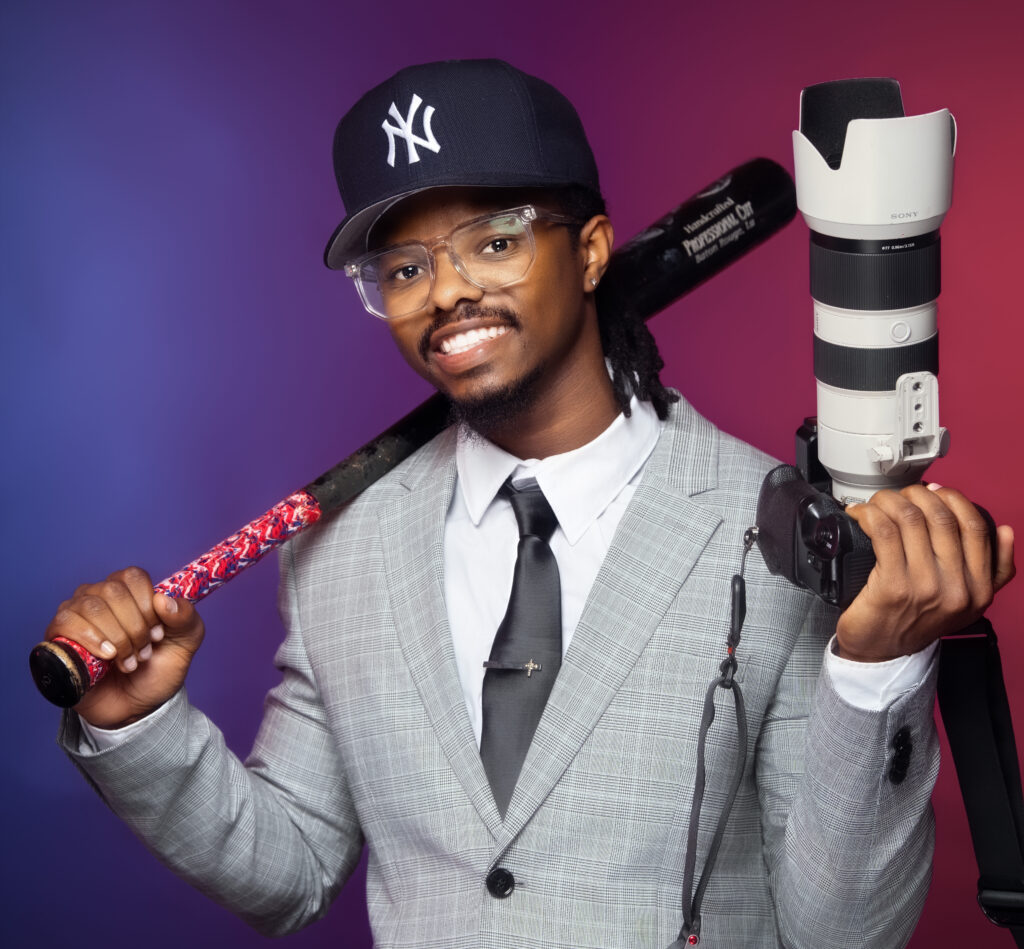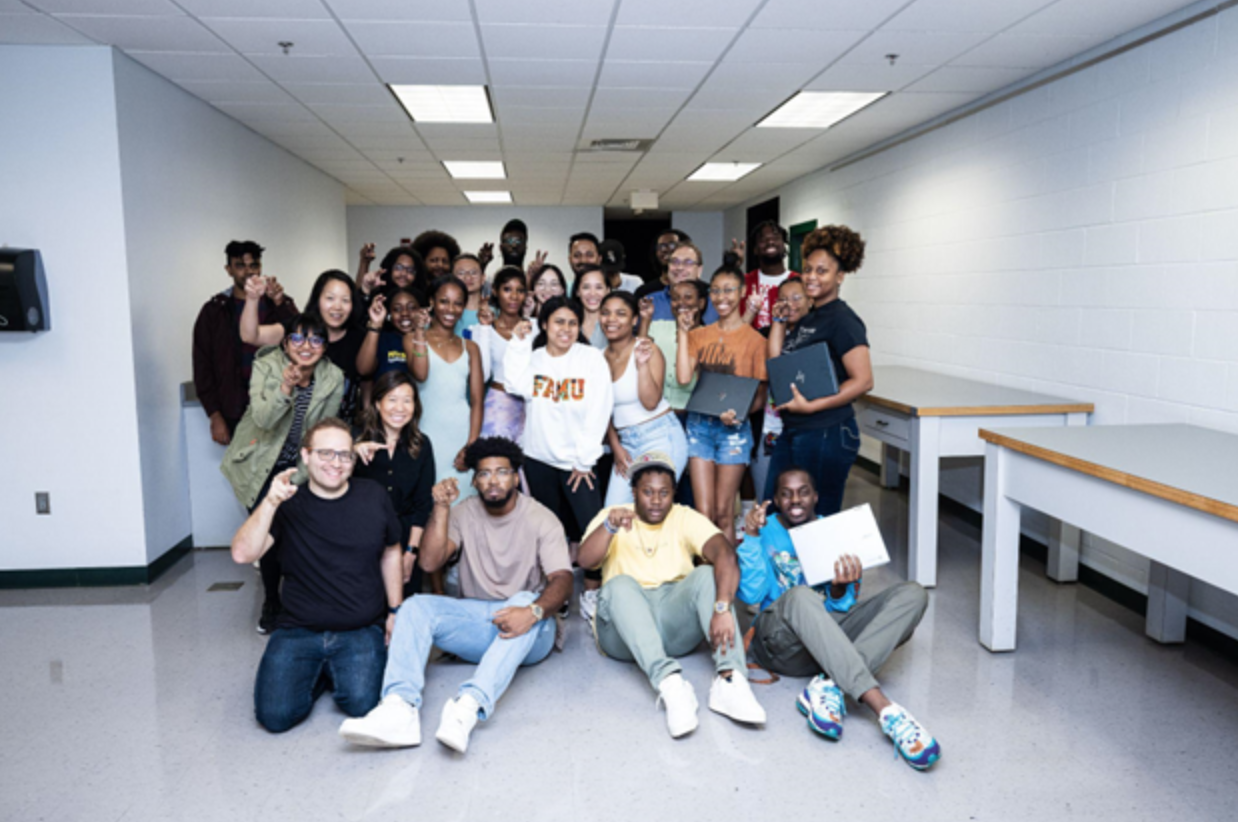
This fall, Google returns to the School of Journalism & Graphic Communication to continue the Shape Co-Lab initiative—a program designed to provide HBCU students with access to user experience (UX) curriculum and companies like Google. This semester, the UX practicum course was taught by a group of designers, researchers, and product managers from Google’s Chromebook team.

Broadly speaking, UX is how people interact with and experience a product, system, or service. It’s an approach that allows users to navigate products with ease. It combines elements of design, psychology, research, technology, and business to provide the best experience for the user.
As a graphic design major, the students already have the building blocks for what it takes to be a professional designer in a wide range of design disciplines, including UX. The goal for this UX practicum course is to expand on those design foundations with a focus on solving for users. Scholars explore four core attributes of UX: value (does this product bring value to users?), function (does this product work?), usability (is it easy to use?) and delightfulness (is it pleasant to use?).
“One of the things I’ve learned through this course was how to think of an issue from start to finish and how we can solve it through design,” says senior graphic design student Kasia Janey.
In addition to learning the fundamental skill sets for UX design, students also learned to utilize creativity and design thinking as a catalyst for product innovation.
Students were tasked to design a product that either improves an existing experience or creates something completely new. They were challenged to go as broad as they could with their idea before narrowing down to a specific vision. The journey included cementing problem statements, identifying user needs that directly map to user problems, and working toward a compelling solution that is validated through user research.
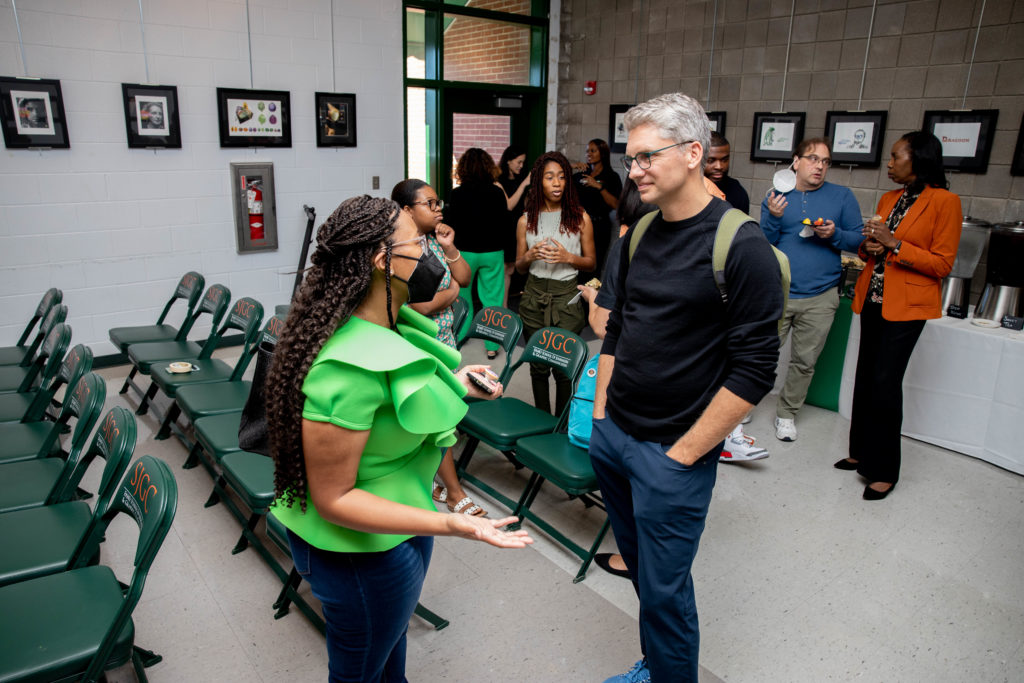
“Working with Google taught me a lot about myself as a designer,” Janey says. “They were willing to push us to think more about what we produced because they would bring up things we never thought of during the process of designing our product.”
The theme for this semester was “music” and final proposals from students ranged from social platforms that allow aspiring music creators to network with each other to a mix of hardware/software designs such as a music box that could transform your environment via different ambient settings.
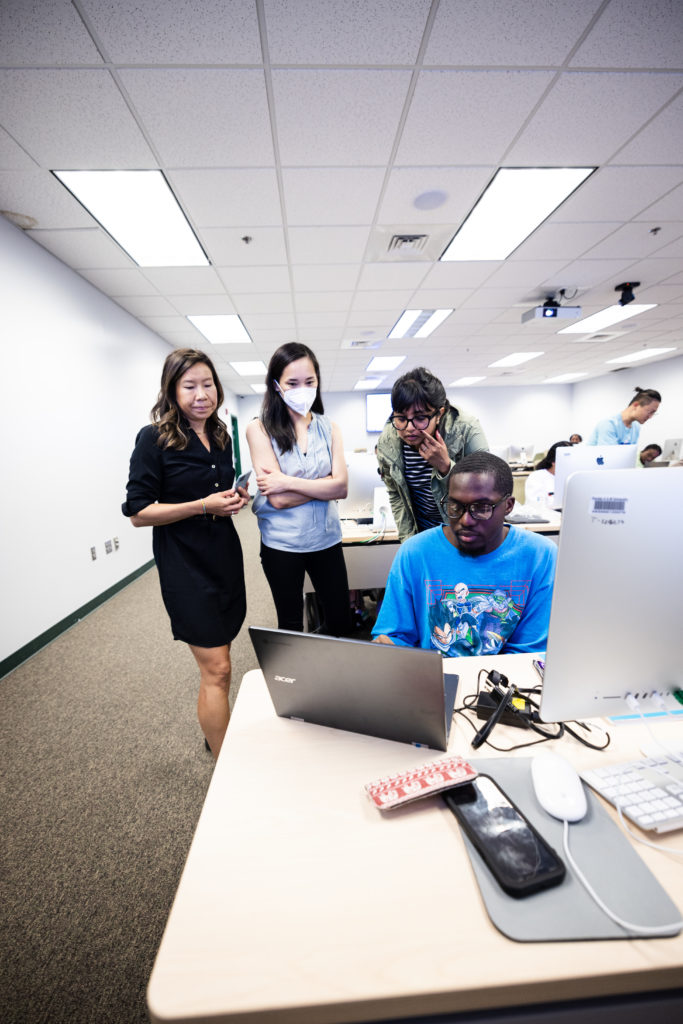
The program was loosely structured as a studio course. Class time was a mix of lectures, discussions, and working sessions, both individually and in groups. Various critique formats were incorporated—entire class, small group, and one-on-one. The assignments were designed to gradually build up skills needed to identify, define, complete, and showcase students’ final projects.
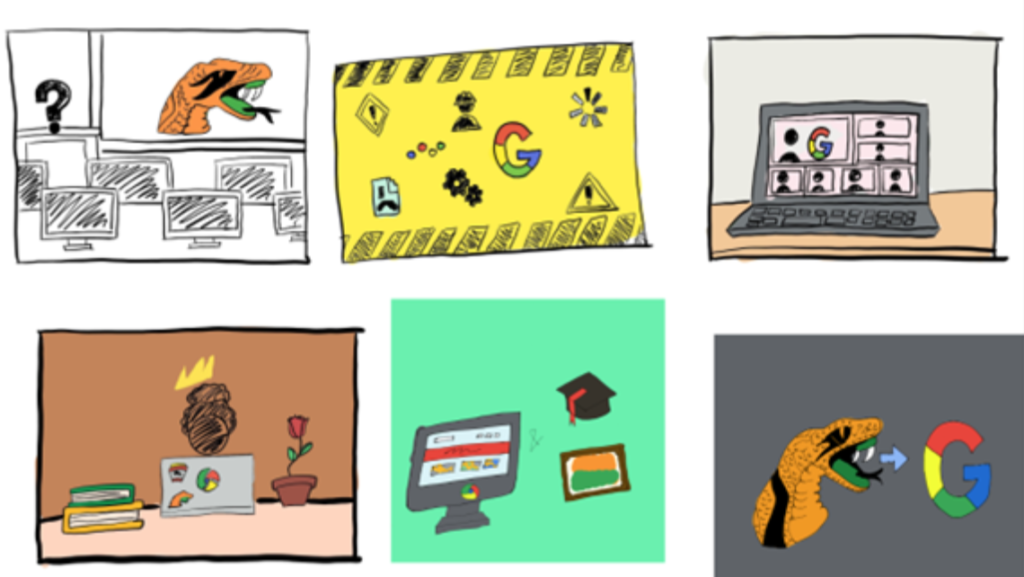
Professor Carlos Miranda expressed that this teaching initiative with Google is filling an educational gap for SJGC’s graphic design department.
“Google introduced [the students] to the concepts of brainstorming, visual storytelling, defining problem statements, analyzing competitive analysis, critical thinking, creating a comprehensive business plan, and skill sets needed to present and provide feedback to each other,” Miranda says.
“These new skills will make them even more competitive in today’s ever-changing marketplace.”
He also expressed that SJGC is really excited to be working alongside Google as the school is looking to craft the foundation toward a UX/UI graphic program, which will make FAMU the first HBCU to do so.
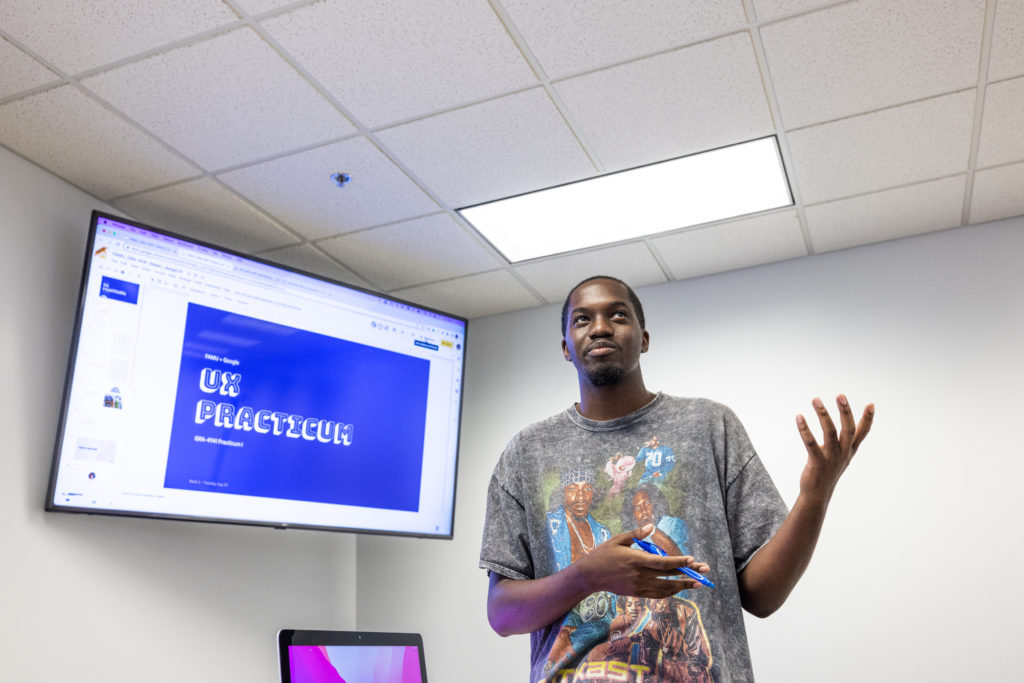
For this semester’s course, Google loaned 20 HP Dragonfly and Acer Spin 714 Chromebooks to students—all preloaded with top design tools from our education partners like Figma, Kapwing, and Concepts for illustrating, filming, and programming interactive prototypes.
“The FAMU project was a great opportunity to see how the next generation of Chromebooks paired with cloud-based creativity tools can help design students break out of their silos and collaborate in teams” said Andy Russell, Group Product Manager for the Chromebook EDU team.
Google also hosted a workshop with the Figma Education team to help students adopt new cloud-collaborative workflows, as well as outreach events during FAMU’s Homecoming week.
This article is based on an interview with April Kuo, Andy Russell, & Carlos Miranda with contributions from Shiba Sheikh, Kejia Shao, Omri Amarilio, and Lindsay Levin.


